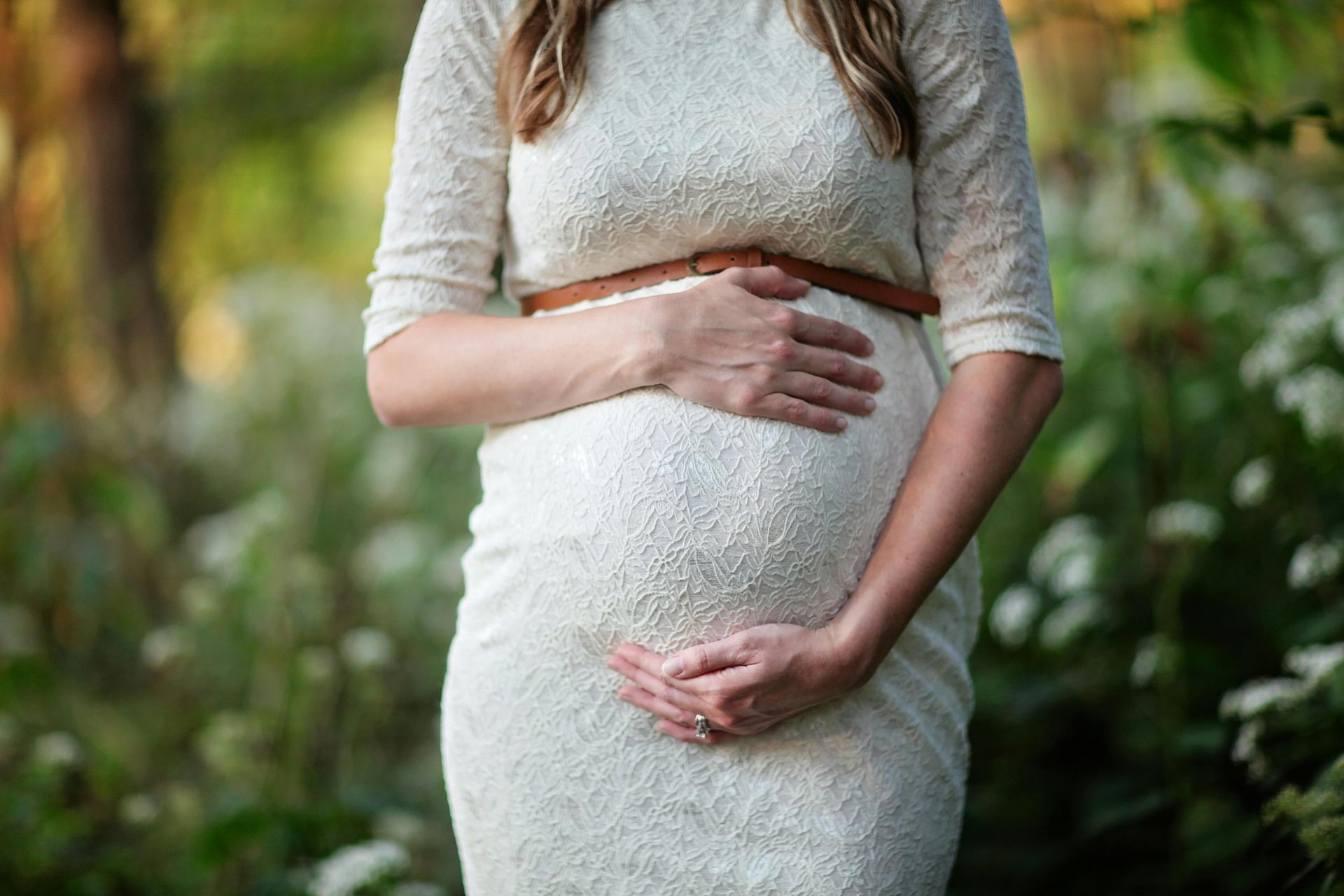Returning to Work after Maternity Leave – Employment Law Protections

Background
The case of A Marketing Manager v A Drinks Retail Company (ADJ-00051379) examines the circumstances under which discrimination will have occurred, following the return to work of an employee who has availed of maternity leave, when there have been significant changes to their terms and conditions of employment.
A Marketing Manager (the “Complainant”) brought a complaint under Section 7 of the Terms of Employment (Information) Act 1994 and Section 77 of the Employment Equality Act, 1998, against A Drinks Retail Company (the “Respondent”) to the Workplace Relations Commission (“WRC”), alleging a failure to notify her of changes in employment terms and gender discrimination upon returning from maternity leave. The dispute centred on the Respondent's proposal to move the Complainant to a new role of Portfolio Department Lead, which the Complainant viewed as a demotion.
Legislation and Case Law
Section 26 (1) of the Maternity Protection Act, 1994, notes that there is a general right to return to work on the expiry of protected leave:
“(1) Subject to this Part, on the expiry of a period during which an employee was absent from work while on protective leave, the employee shall be entitled to return to work —
(a) with the employer with whom she was working immediately before the start of that period or, where during the employee's absence from work there was a change of ownership of the undertaking in which she (or he) was employed immediately before her (or his) absence, with the owner (in this Act referred to as “the successor”) of the undertaking at the expiry of the period of absence,
(b) in the job which the employee held immediately before the start of that period, and
(c) under the contract of employment under which the employee was employed immediately before the start of that period, or, where a change of ownership such as is referred to in paragraph (a) has occurred, under a contract of employment with the successor which is identical to the contract under which the employee was employed immediately before the start of that period, [and (in either case) under terms or conditions –
(i) not less favourable than those that would have been applicable to the employee and
(ii) that incorporate any improvement to the terms or conditions of employment which the employee would have been entitled, if she (or he) had not been so absent from work.”
Section 4 (19) of Bolger, Bruton and Kimber, Employment Equality Law, 2nd Ed, 2022, states:
“Section 85 of the Employment Equality Act requires a Complainant to establish facts, from which it may be presumed that there has “been discrimination in relation to him or her”, following which it is for the Respondent to prove the contrary. A Complainant does have to establish the primary facts upon which they rely and that those facts are of sufficient significance to raise an inference of discrimination. If there is no evidence establishing some sort of link between a person’s gender and the less favourable treatment, then the Complainant will not succeed in shifting the burden of proof”. In the case of Rescon Limited V Scanlan, the Labour Court found that the Complainant “has produced no evidence to establish a nexus between his gender and the Respondent’s failure to offer him the disputed post, other than that a woman was appointed, and he was not. In the court’s view, a mere difference in gender under a difference in treatment (in the sense that the comparator was appointed, and the Complainant was not), could never in itself provide a sufficient evidential basis upon which to raise a presumption of discrimination”.
Section 4-50 of the above publication is further noted where the authors added that “less favourable treatment of pregnant employees, employees on maternity leave or employees recently returning from maternity leave, is surprisingly still commonplace, both in Irish and European Society, in spite of it being clearly outlawed for many years. Depending on the circumstances and, significantly, depending on the applicable law, such treatment may or may not be unlawful and, even where it is unlawful, there are degrees of how seriously it would be viewed and reprimanded by the law. In general, where an employee suffers significant damage in her employment as a result of pregnancy, her employer will be severely dealt with by law”.
The Complainant relied upon the Equality Tribunal (the “Tribunal”) decision in Julie O'Brien v Persian Properties trading as O'Callaghan Hotels (DEC-E2012-010), which addresses significant issues of gender and family status discrimination in the workplace. O'Brien, a senior executive, alleged harassment, discriminatory dismissal, and victimisation related to her pregnancies and maternity leave.
The Tribunal found that O'Callaghan Hotels harassed O'Brien on the grounds of gender and family status, particularly during her third pregnancy. The employer's attempts to terminate her employment while pregnant and on maternity leave were deemed discriminatory. The Tribunal emphasised the special protected period during pregnancy and maternity leave, citing EU case law.
Crucially, the Tribunal determined that O'Brien was victimised for asserting her rights under the Employment Equality Acts. This included the denial of full pay during her third maternity leave and the revocation of company benefits.
Decision
Ultimately, the Adjudication Officer decided that the new role constituted a demotion, despite the Respondent's claims of organisational necessity. The Adjudication Officer concluded that the change was presented as a fait accompli, with no real options provided to the Complainant. Importantly, there was no immediate business imperative for implementing the change upon the Complainant's return from maternity leave:
“I have concluded [that]:
• that the move to the new post constituted a demotion for the Complainant;
• that the Respondent had already decided that the Complainant would move to the new role upon her return from maternity leave and that there was no intention to provide her with options;
• that the change of role was, in fact, a fait accompli;
• that there was no business imperative or requirement to put the Complainant in that new role; and
• that there was no immediate imperative to make any change to the Complainant role upon her return from maternity leave.”
The Adjudication Officer determined that the Complainant had established a prima facie case of discrimination, shifting the burden of proof to the Respondent. The Respondent failed to adequately justify the treatment, leading to the conclusion that the Complainant was discriminated against on the ground of gender by not being returned to her position as required by the Maternity Protection Acts.
The Adjudication Officer determined that the Complainant should be awarded a years salary:
“Section 82 of the EEA provides that the maximum amount which may be ordered by way of compensation is two years’ remuneration. The EEA is derived from the following EU Directives: 2000/78/EC of 27 November 2000 establishing a general framework for equal treatment in employment and occupation; 2006/54/EC of 5 July 2006 on the implementation of the principle of equal opportunities and equal treatment of men and women in matters of employment and occupation (recast); and 2000/43/EC of 29 June 2000 implementing the principle of equal treatment between persons irrespective of racial and ethnic origin. Therefore, the Von Colson Principles apply, and any award must provide a real deterrent against future infractions.
In deciding on an award of compensation in respect of this complaint, I noted that the Complainant was in receipt of basic salary was €68,113.55 plus bonuses and other contributions. In all the circumstances I direct the Respondent to pay the amount of €68,000 to the Complainant as compensation for the discrimination.”
Takeaway
The takeaway for employees considering bringing a complaint of discrimination, following a return from maternity leave, under Section 77 of the Employment Equality Act 1998, is to determine what significant changes have arisen, in respect of those terms, prior to and post maternity leave.
For employers, it will be necessary to demonstrate that an employee who availed of maternity leave, has not been discriminated against for doing so, that they are entitled to return to the same role they previously enjoyed prior to taking maternity leave, and that any changes are objectively justifiable (ideally in consultation with the employee prior to her return).
Further information
This article was prepared by Barry Crushell for informational purposes only. For further advice, please email contact@crushell.ie or contact the offices of Crushell & Co Solicitors.
Share







